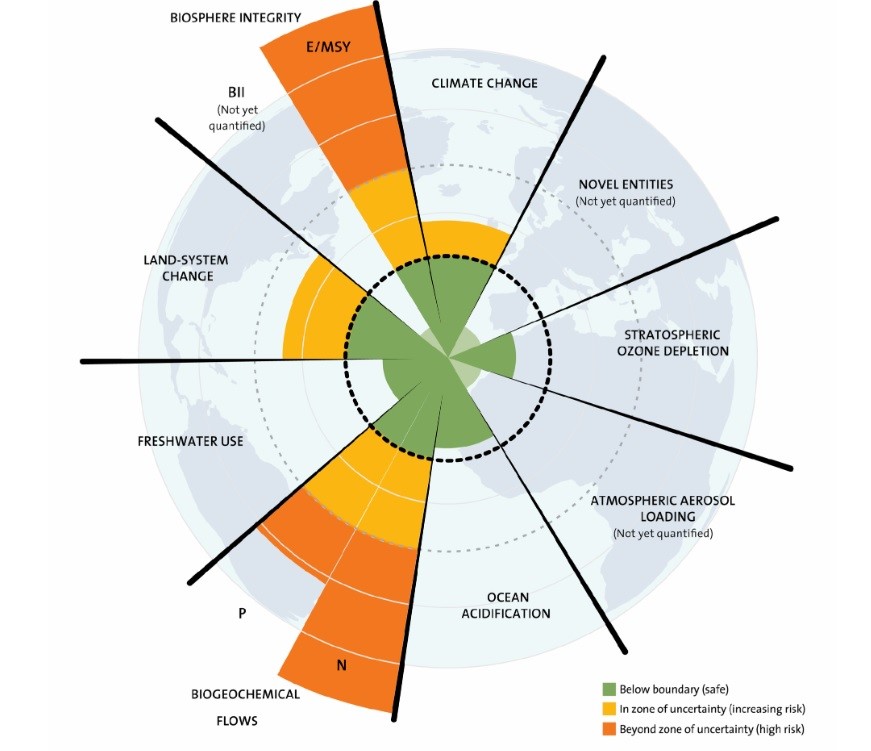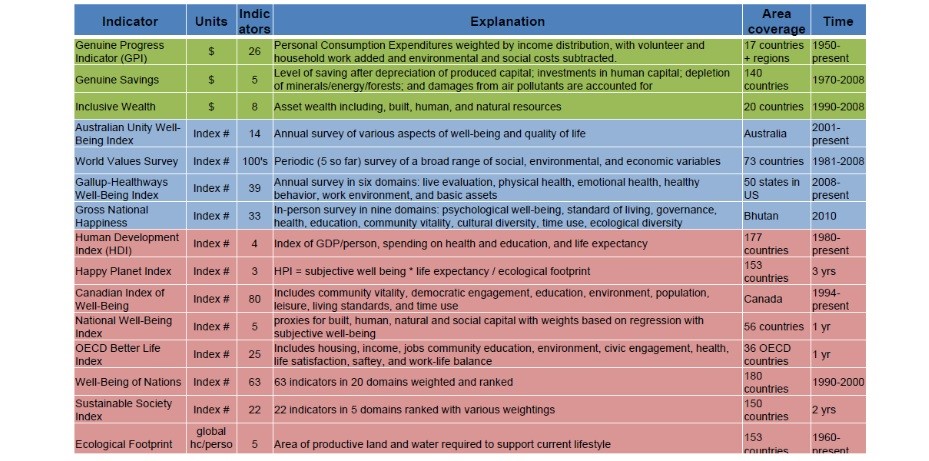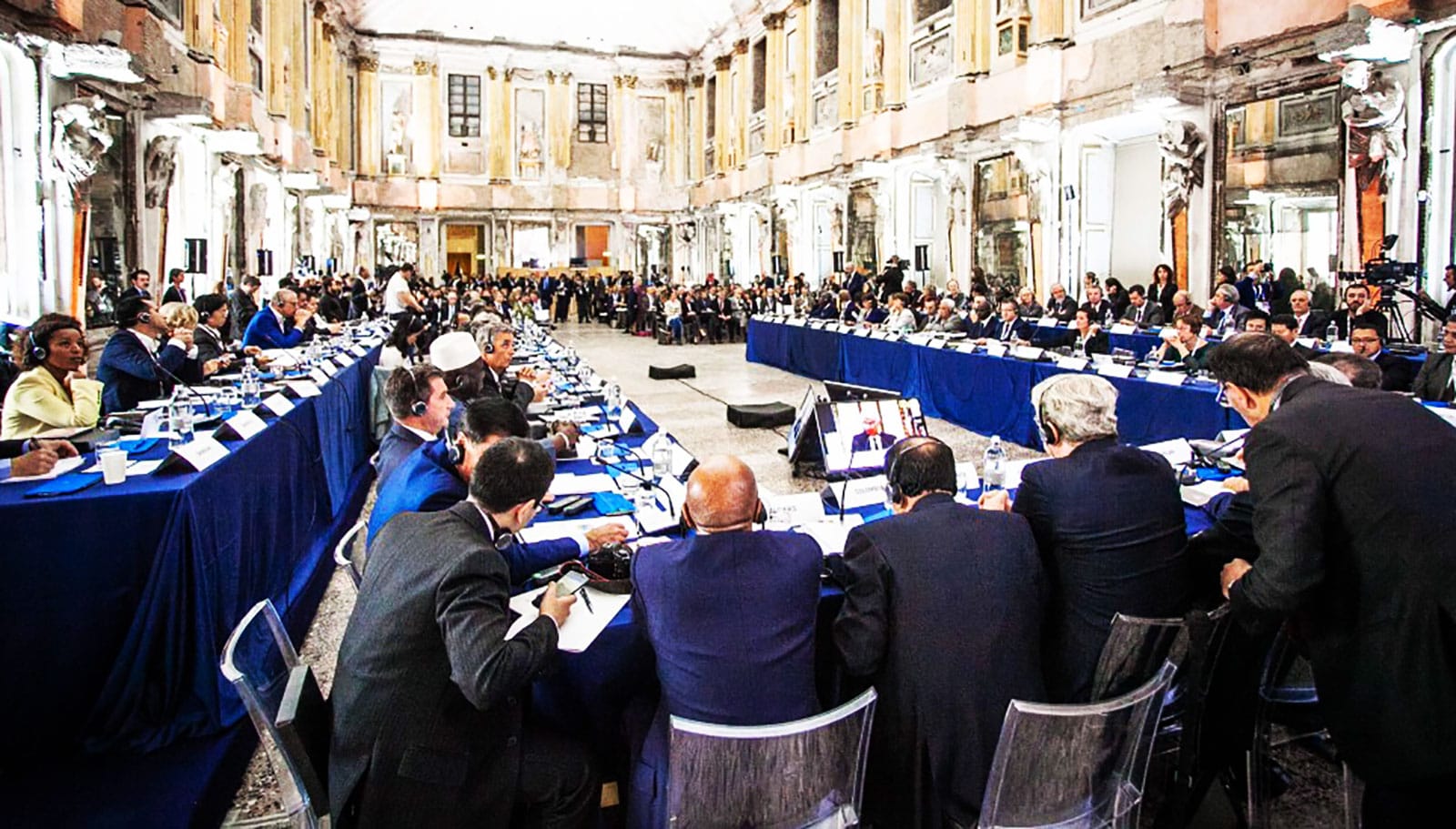Proponiamo un estratto del saggio “Reshaping environmental policies” di Edoardo Croci, membro del comitato direttivo del GREEN presso l’Università Bocconi, dal Rapporto di ricerca Rules of Utopia.
La questione ambientale rappresenta la sfida decisiva non soltanto per il nostro futuro, ma anche per il presente. È sempre più importante riuscire a compiere un percorso di transizione verso modelli economici e industriali che siano sostenibili e a livello globale la consapevolezza su questi temi aumenta, soprattutto grazie alla spinta dei più giovani e alle indicazioni che la scienza fornisce, come ad esempio con il concetto di “planet boundaries” elaborato per mostrare quali sono i limiti entro cui possiamo operare nel rispetto dei processi naturali della Terra. Questa spinta da parte dei cittadini, però, attivi anche nel promuovere e consolidare modelli alternativi come ad esempio l’economia circolare per “andare oltre il PIL”, rischia di rimanere inefficace senza l’impegno dei policy-maker globali. Le iniziative internazionali, infatti, dal summit Rio +20 agli impegni assunti alla Cop 21 di Parigi, devono agire, come sottolinea Croci, per stabilire un nuovo paradigma di crescita sostenibile anche grazie a politiche pubbliche fiscali e agli strumenti del mercato.
Several versions of the relevant dimensions of planet boundaries have been provided in literature, following Rockstrom (2009). 9 main dimensions have been identified and levels of risk for each of them have been assessed with different levels of certainty. While biosphere integrity and biochemicals flows show the highest level of risk, climate change and land system change are also beyond boundaries (Fig. 3).

Fig. 3 – Planet boundaries
Source: Steffen et al. (2015)
The global consciousness about the need of a common effort for sustainability reinforced through UN summits starting from Rio 1992, where several internationals environmental conventions where launched. 20 years later, at the Rio + 20 summit the principles of green economy and green growth emerged asking for operational and measurable criteria and indicators to assess human well-being beyond GDP. At the macro level there are several international initiatives willing to define a “Beyond GDP” economic accounting system. These initiatives try to develop indicators that are as clear and appealing as GDP, but more inclusive of environmental and social aspects of progress. In fact economic indicators such as GDP were never designed to be comprehensive measures of prosperity and well-being. These initiatives differ in their scope, going from adjusting the GDP through the monetization of environmental and social assets and flows, to the consideration of subjective evaluations of well-being. A set of alternative indicators are showed at Fig. 4.

Fig. 4 – Beyond GDP alternative indicators
Source: Costanza (2015)
The consideration of alternative indicators would strongly question the continuos growth of the world’s economy (Costanza 2009), keeping into account the loss of natural assets. Resource efficiency and switch from consumption of non renewable to renewable resources have affirmed as key elements to lead the transition towards sustainability, inspiring policies at all scales. More recently circularity emerged as a key component of sustainability. A circular economy is an economy designed to be able to regenerate on its own. “In a circular economy the flows of materials are of two types: biological ones, able to be reintegrated into the biosphere, and technical ones, destined to be upgraded without entering the biosphere”– see Fig. 5. The circular economy is therefore a system in which all the activities, starting from the extraction and from the production, are organized so that someone’s waste becomes resources for someone else or for themselves (Ellen McArthur foundation).

Fig. 5 – Circular economy
Source: Ellen McArthur foundation
A strong call to adopt policies to promote this economic and social transition was affirmed, where market instruments can play a relevant role, so that externalities are properly internalized and prices effectively reflect the scarcity of natural resources, providing effective signals to producers and consumers.
At this purpose public policies could give a strong impulse to sustainable production and consumption models, through:
- the internalization of external costs;
- the elimination of subsidies harmful to the environment;
- the remuneration of ecosystem services provided by natural capital.
In this context a global effort is devoted to reform fiscal policies in order to phase out fossil fuels and other environmentally harmful subsidies and to remunerate services provided by ecosystems. In 2009, the OECD Council Ministers called for “avoiding or removing environmentally harmful policies that might thwart green growth, such as subsidies (..) which contribute to negative environmental outcomes”, while in 2016 G7 Leaders committed to “the elimination of inefficient fossil fuel subsidies” by 2025. The G20 launched a peer reviewed process of their member Countries’ policies to eliminate fossil fuel subsidies. In 2019 both the second report on environmental subsidies and the G20 peer review on fossil fuels subsidies in Italy were published (Mattmn, 2019; G20, 2019) showing a wide opportunity of reform action for Italy.
Public policies to promote the transition to the green economy and remove obstacles to it can be adopted in several areas:
- technology and innovation, which are important drivers of growth and productivity in general and of the green economy in particular;
- investments and financing to support the adoption and dissemination of technologies that contribute to the achievement of environmental objectives and sustainable development;
- production of environmental goods and services, which reflect an important aspect of the economic opportunities that arise in the green economy sectors;
- prices, taxes and transfers, which provide signals to producers and consumers and help to internalize negative environmental externalities;
- education, training and skills development;
- measurement and accounting of elements such as natural capital, economic growth and well-being (OECD, 2017).
To summarize, in order to establish a new paradigm of sustainable growth, policies at all levels should be oriented:
- To measure damages to and services provided by the environment through appropriate economic methodologies and indicators (beyond the GDP),
- To decouple economic growth by environmental impacts (increase resource efficiency and promote circular economy),
- To use market instruments to internalize externalities, so that prices fully reflect scarcity of natural resources providing the right signals to producers and consumers (environmental fiscal reform).










